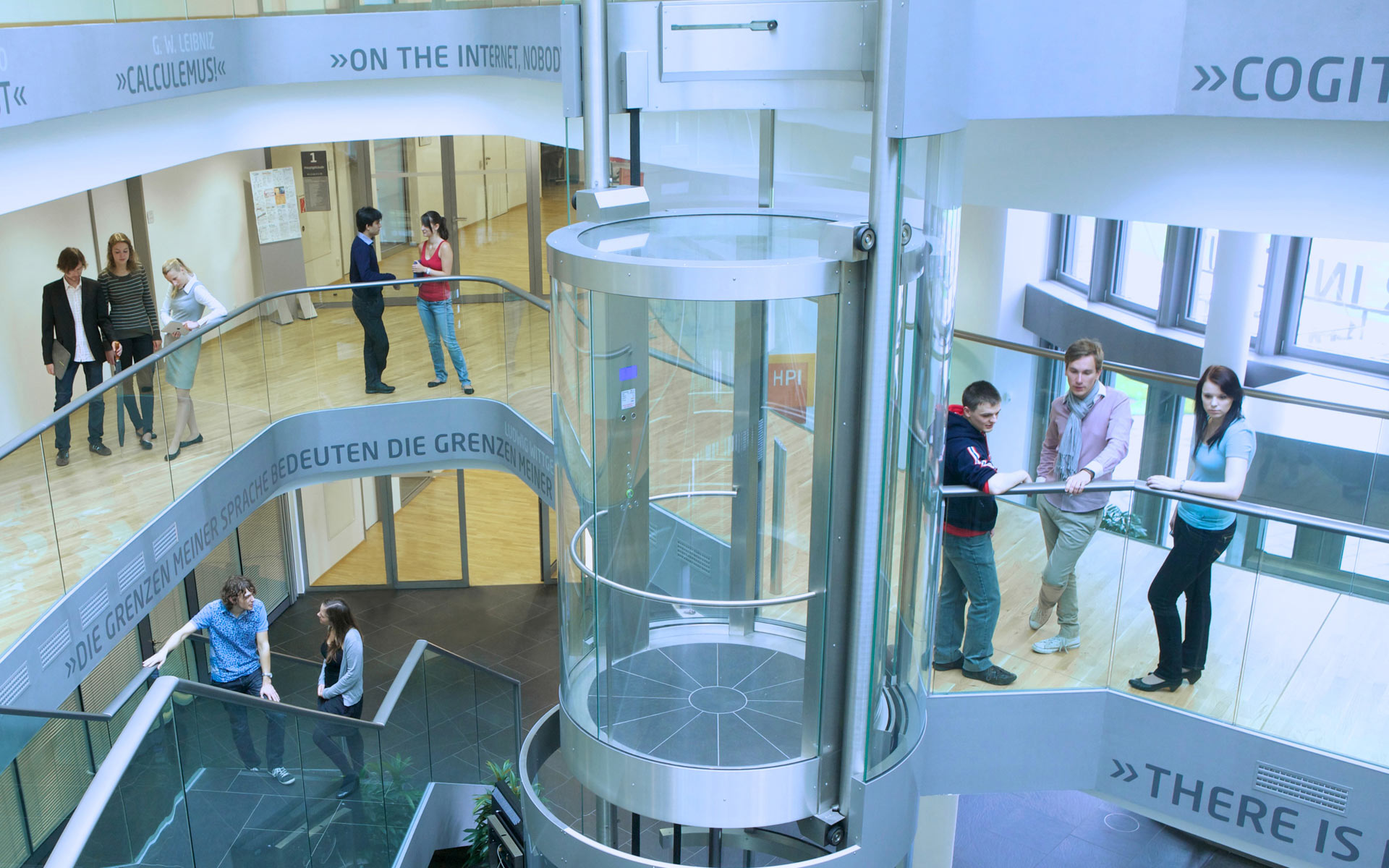"Internet Security I" gives a detailed introduction into Internet Technology. It explains the function mode and architecture of Internets and Intranets and discusses important Internet protocols like IP, TCP, UDP, ICMP, as well as Internet addressing and DNS. Moreover, the Internet Protocol Next Generation - IPv6 - will be introduced. Furthermore important Internet services like WWW, email, ftp, telnet, rsh and more will be treated. Encryptions standards like IPSec show possibilities for information security. New techniques like LDAP and Multimedia applications will complete this lecture part about Internet Technology. It provides the basic understanding for a discussion of security weaknesses of Internet and Intranets and possible targets for attacks over the Internet which will be treated in the second lecture part "Weaknesses and Targets".
"Internet Security II - Weaknesses and Targets" is based on "Internet Security I - Internet Technology" and gives a detailed introduction into problems concerning Internet and Intranet security. After starting with some remarks on risk analysis and computer crimes, security weaknesses and targets are discussed in detail. Beside others the following topics are discussed in detail: human factor and technical failures, attacks on accounts and passwords, attacks on Internet protocol, misuse of design and programming errors, weaknesses in common operating systems, targets in the WWW, and viruses. The lecture course concludes with a discussion of possibilities to detect attacks and intrusions, and ethical issuses.

